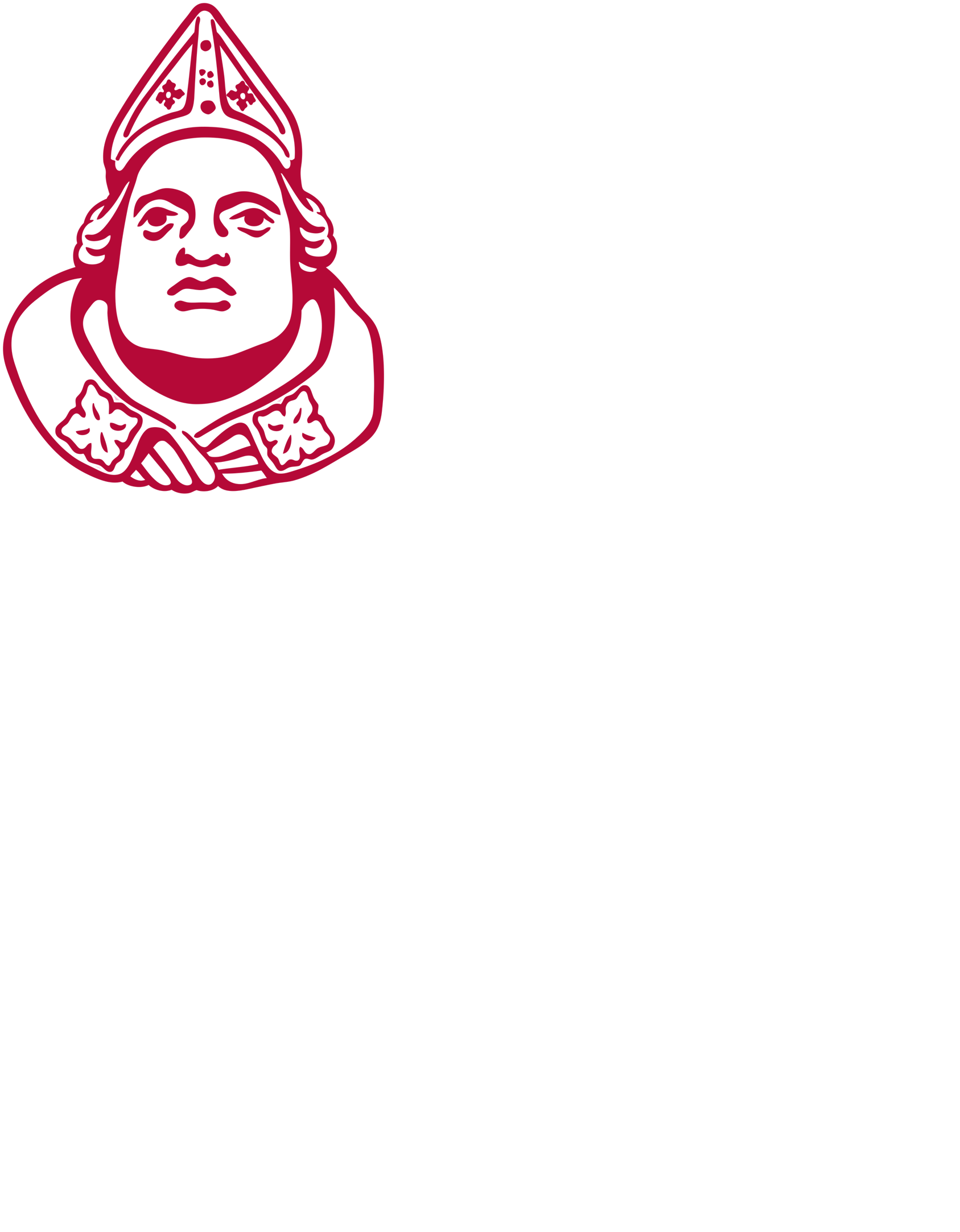 |  |  |
|---|
THE VINEYARD - Vines
The vineyard, 1 acre in area, was planted in 2006 with 75% Pinot Noir (the Burgundy clone 115, and the Champagne clones 521 and 386) and 25% Chardonnay (clones 96 (Burgundy) and 277 (Champagne), on rootstock, 41B, which has very good resistance to chlorosis (the effect of an alkaline soil that manifests itself in yellowing leaves).
Harvest is generally in the second half of October, with both the Chardonnay and the Pinot Noir being picked on the same day. The Chardonnay is usually about a week behind the Pinot Noir in achieving full ripeness, and in late years, when harvest is not until the end of October, it is necessary to select the ripe bunches only of Chardonnay. The proportions of Pinot Noir and Chardonnay in the wine vary from year to year, both because of variation in their performance in particular years, and also because of the need to remove the less ripe Chardonnay in late years.
“The best grapes in the world are perhaps grown in England, though England is not a land of grapes.” Anthony Trollope Rachel Ray (1863). When Trollope wrote these words he was no doubt thinking of dessert grapes grown in a greenhouse. (Sadly 1863 was the fateful year when the devastating Phylloxera first made its European appearance, in a greenhouse in Hammersmith, on vines infected by vines imported from America.) But the statement could well apply today to grapes grown for sparkling wine.

